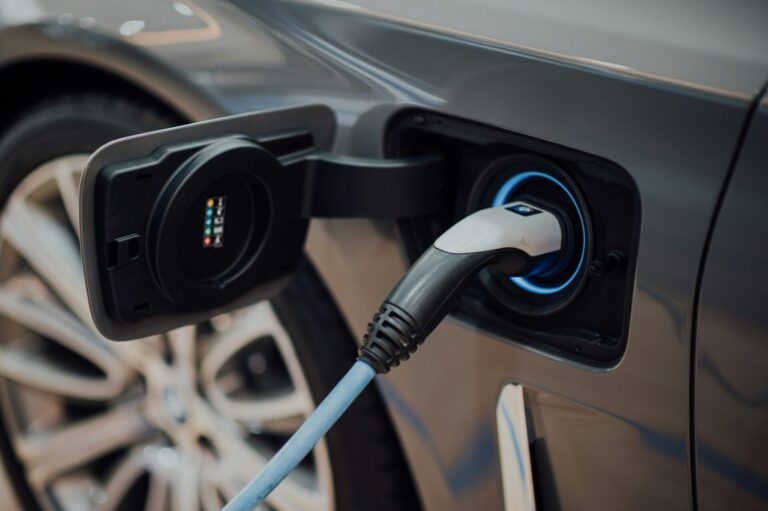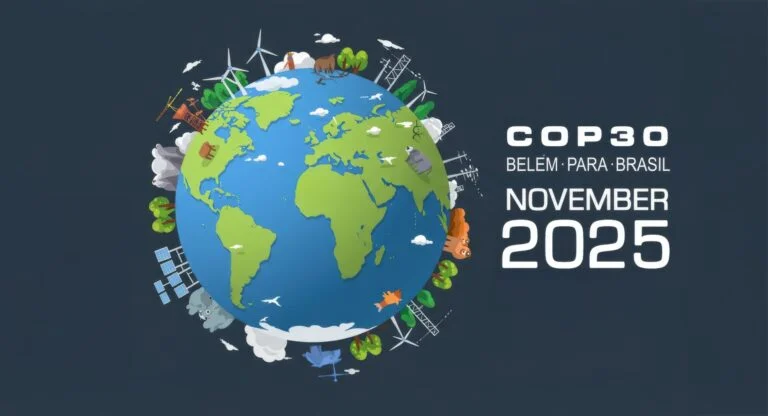In April 2025, Spain and Portugal suffered one of the largest blackouts in recent European history. Millions of people were left without electricity for several hours, disrupting transport networks, hospitals, communications, and everyday life. While the power was eventually restored, the incident exposed how fragile electricity grids can be when multiple problems happen at once.
It also raised an uncomfortable question: could this happen again, and not just in Spain? Recent reports suggest that unless major upgrades are made to power grids and electricity networks, outages like this could become more common across Europe and beyond.
How The Blackout Happened
The immediate cause of the Iberian blackout was a chain reaction that started when two major power plants tripped offline almost simultaneously. This sudden loss of generation threw the system out of balance. In modern electricity systems, supply and demand must remain closely matched at all times, otherwise voltage and frequency begin to swing outside safe ranges.
Protective systems are designed to shut parts of the grid down when things look unstable, but in this case those protections ended up accelerating the collapse, knocking out even more capacity. Within moments, a regional failure turned into a nationwide blackout.
Renewable Power and Grid Stability
The incident also highlighted a structural challenge facing countries that rely heavily on renewable energy. Spain, for example, generates a large share of its power from solar and wind. On the day of the blackout, solar alone made up more than half of the country’s supply.
Renewable power is clean and vital for meeting climate goals, but it does not provide the same “inertia” as traditional power plants such as coal, gas, or nuclear. Inertia acts like a shock absorber, helping to smooth out sudden jolts in the system. Without it, the grid is more sensitive to rapid changes, and additional equipment like batteries or stabilising devices must be used to keep everything steady. In Spain’s case, the technology available to provide this stability was not enough to stop the cascade.

The Challenge Of Limited Interconnectors
Another key factor is how isolated the Iberian Peninsula is from the rest of Europe’s electricity system. Spain and Portugal only have limited connections to France and other neighbours, which means they cannot easily import power or stabilise their grid by leaning on wider European resources.
When the blackout hit, Iberia was effectively on its own. If stronger cross-border links had been in place, the outcome might have been less severe. Recognising this, Spain, Portugal, and France are now in talks to accelerate new interconnector projects, but these take years to build and require heavy investment.
A Wider European Problem
Although Spain’s blackout was dramatic, experts warn it should not be seen as a one-off. Modern grids everywhere are under stress from the pressures of rising demand and rapid growth in renewables. Europe’s electricity networks were largely built decades ago, with designs based on fossil fuel plants that could be controlled more easily.
Today, the system is far more complex, with energy flowing in less predictable patterns and weather conditions influencing supply hour by hour. Without large-scale upgrades, the risk of more blackouts will grow. Analysts have warned that Europe may need trillions of investment in the coming decades to replace ageing infrastructure, expand capacity, and add stabilising technology.
Rethinking Energy Resilience
There is also the issue of how electricity markets are structured. At present, power plants and generators are mainly rewarded for the energy they produce, not for the stabilising services they provide. Yet as the blackout showed, stability is just as important as supply.
Unless markets are reformed to pay for resilience—whether that comes from batteries, grid-forming inverters, or other advanced equipment—there is little incentive for companies to invest in it. Regulators and governments will therefore need to rethink how value is placed on reliability, not just on price and carbon reduction.
Lessons For The Energy Transition
The broader lesson is that the energy transition comes with hidden risks if grids are not adapted at the same pace as renewable deployment. Adding more solar panels and wind turbines is crucial for cutting emissions, but the networks that carry and balance that power must be upgraded in parallel.
Otherwise, the system will be stretched too thin, and sudden failures like Spain’s could become part of everyday reality. In practical terms, this means more interconnectors between countries, faster deployment of stabilising technology, better planning for “worst case” events, and stronger incentives for resilience.
The cost of inaction is not only measured in outages and economic disruption, but also in lost confidence from consumers and industries that depend on dependable power. As Europe pushes towards its climate targets, keeping the lights on must remain a central priority.





